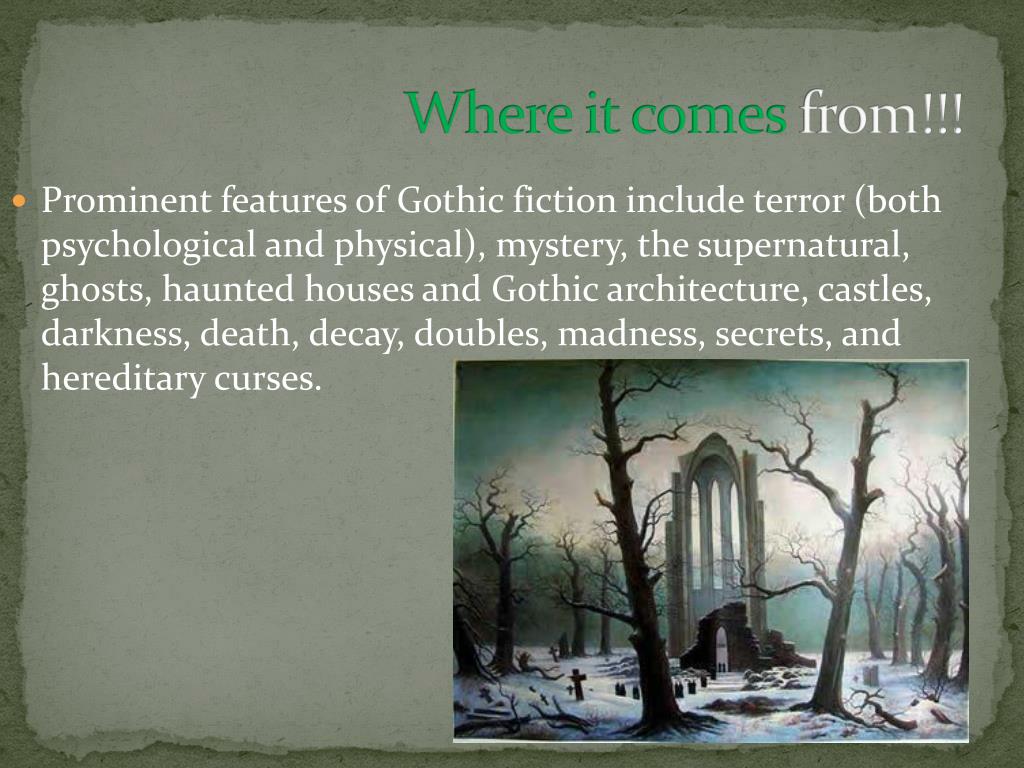

Christian belief formed the idea of the cemetery as a churchyard or crypt, but we must remember that a cemetery is any place which is used to house the dead. Paleolithic caves, temples, sanctuaries, grave mounds and necropolii are just a few different types differentiated cemeteries. All cultures seem to have participated in the idea of a cemetery in a form at some time. This term koimeterion (" place of rest") was primarily applied by early Christians to the Roman catacombs-a subterranean labyrinth of galleries with recesses for tombs originally used by the city's Jewish population-and became widely used within the 15th century.

Also see revenant.Ī cemetery defines a place which is used for the burial of the dead. Although the corpse of the boy does in fact re-animate, it is controlled by an evil demon bent upon the murder of surrounding mortals. The father proceeds to re-bury the boy, Gavin, in a place known as Pet Semetary in hopes that the child will come back to life. In the novel, the father of a newly dead boy digs up the body hours after burial. The most famous example of a Gothic story which involves the theft of a corpse in order to bring it back to some form of life is Frankenstein: Victor frequents "the dissecting room and the slaughter-house" for his "workshop of filthy creation"-apparently his monster comes from some kind of assemblage.Ī more recent example of body-snatching comes from Stephen King's Pet Semetary (actually spelled this way). Stevenson's "The Body-Snatcher" employs the grisly profession of corpse stealing to weave a tale in which two grave robbers are horrified to find in their latest disinterred coffin the body of a man they had previously killed and served up to the medical profession.


 0 kommentar(er)
0 kommentar(er)
